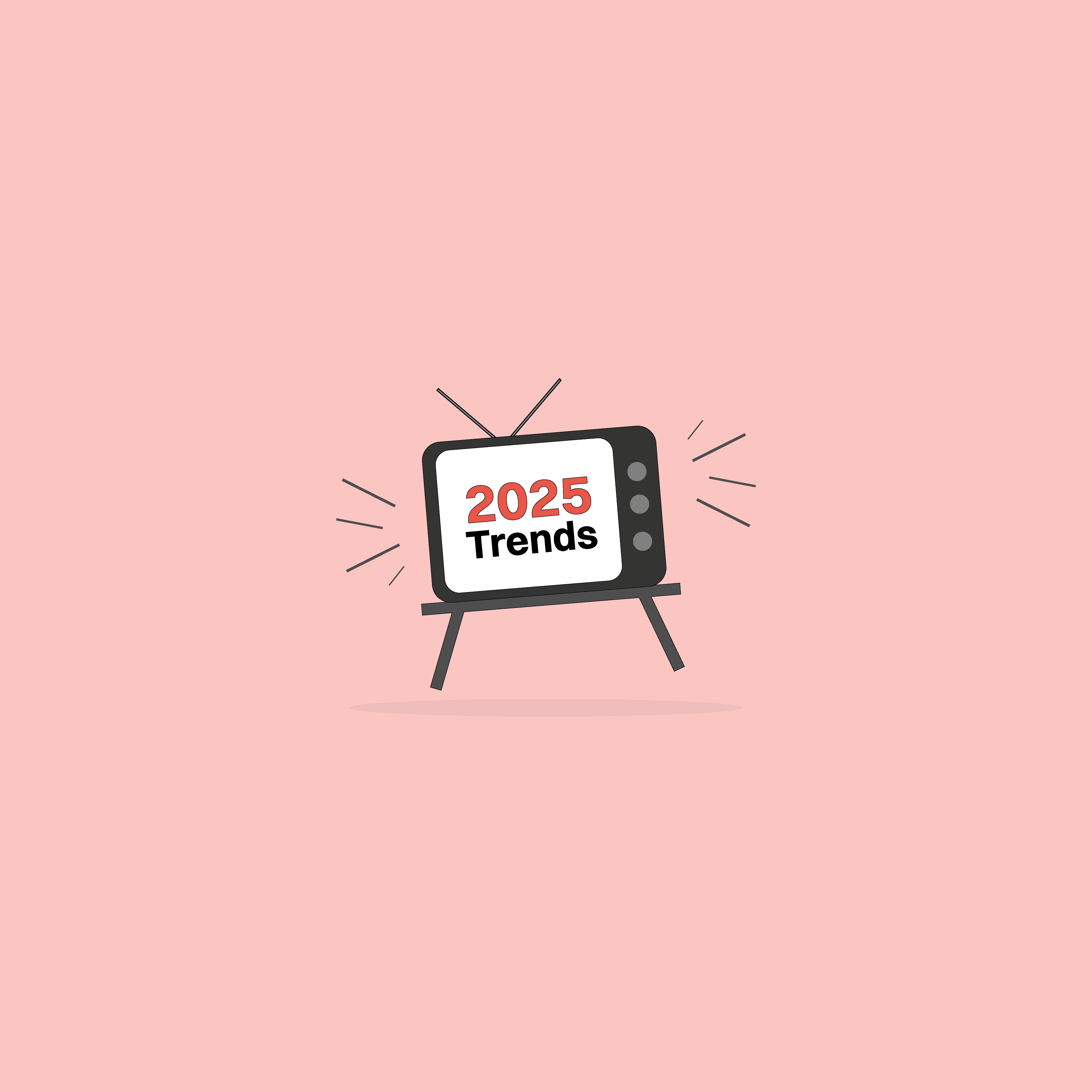Our websites use cookies. By continuing, we assume your permission to deploy cookies as detailed in our Privacy Policy.
Conversion Rate Optimisation in 8 Easy Steps
Even though it is one of the most important metrics to follow in digital marketing, there seems to be some need for clarification about what Conversion Rate Optimisation (CRO) is and how to improve conversion. Let’s learn!
Key Takeaways
- A good conversion rate is the number of visitors who take a desired action, previously set by you, on your website.
- For example, if you want to grow your newsletter subscription list, the conversion rate is the percentage of people who click on the “subscribe” button.
- Benefits of CRO include:
- Increased sales & revenue
- Improved user experience (UX)
- Improved search engine ranking
What is Conversion Rate Optimisation?
Conversion Rate Optimisation (CRO) is a key marketing strategy for growing your business, as it allows you to measure your results and figure out how to get more customers. It also allows you to focus on specific actions and make them more effective.
What is a Good Conversion Rate?
A good conversion rate is the number of visitors who take the desired action on your website. For example, if you want visitors to sign up for your newsletter, the conversion rate is the percentage of people who click on the “subscribe” button after visiting your site.
An online sale, a product added to the cart, added items to a wish list, or any KPI your company finds valuable can be examples of conversion rates for an eCommerce site. A good conversion rate will vary depending on how these goals are set.
If your conversion rate is low, it doesn’t necessarily mean there’s something wrong with your website. It just means more work needs to be done to increase those conversions.
Or if your conversion rate is high, high advertising costs may be wiping out your ROI. Never assume your campaigns are profitable based on conversion rates alone.
Why is Conversion Rate Optimisation Important?
CRO is the process of improving your website’s functionality so that it can convert more visitors into customers.
Some of the key benefits of CRO include the following:
- Increased sales and revenue
- Improved user experience
- Improved search engine ranking
For example, you should reevaluate your ads if you have low conversion rates. They may not reach the right people, or you need to target different keywords or languages. This case means you might be spending more money on ads than necessary—or worse yet, not getting enough return on investment (ROI) from what you do spend.
If you improve your conversion rates, you’ll be able to reach more potential customers without spending as much money. And who doesn’t want that?
How to Improve Your Conversion Rate in 8 Steps
1. Make Sure Your Website is Responsive
To convert visitors into customers, you must ensure your website is responsive. It basically means that the design of your website should be optimised for any device—from desktop computers to smartphones and tablets. That way, when someone visits your site on their phone or tablet, they’ll still see a good-looking site that’s easy to use.
Here are some other essential factors to consider:
- Easy-to-use navigation and search bar
- Loading speed (Make sure your website loads quickly.)
- Rich media like images and videos (Images are more memorable than words.)
2. Have Strong Call-to-Actions (CTAs)
A call-to-action is what lights a path to your checkout and turns a visitor into a customer as quickly as possible. It tells visitors what to do, where they should click, and what they should buy. The most obvious example of a call to action is a “Buy Now” or “Shop Now” button on your storefront. To decide which call to action works best for you, you may appeal to A/B testing.
3. Simplify Your Forms
When forms are lengthy, it’s important to keep them organised. Use repeating sections and fields to show and hide certain parts of the form. If your form has multiple pages, consider separating it into different sections so that it’s easier for users to navigate.
4. Use Social Proof
Social proof is a term used in marketing to describe the influence of peer pressure on consumer behaviour. Use social proof to encourage people to buy. This can be achieved through testimonials or customer reviews, or real-time data!
5. Offer A Guarantee
Consumers feel more comfortable purchasing from you when they know they’re protected against fraud or defective products. If you offer a guarantee, it means you are behind your product.
6. Provide Customer Support
Customer service is a crucial part of any business. It’s a company’s first line of defence and can make or break its reputation. To turn a potential customer into a loyal customer, you must ensure your customer service team is doing an excellent job. After all, 89% of consumers report they are more likely to return and make another purchase after receiving good customer service.
7. Use Exit-Intent Pop-ups
If someone visits your website and leaves without buying anything, you can use an exit-intent popup to show them an offer that is explicitly related to the product they are looking for. The longer they stay on your website, the better their chances of converting.
8. A/B Test Your Pages
A/B testing gives you actionable insights that can be used for future improvements. You can test different elements of your site and find out which ones work best for you and your customers. This way, you can increase engagement rates and decrease bounce rates.
Wrapping Up
The goal of CRO is to increase conversions while keeping costs down and avoiding negative impacts on other metrics such as bounce rate or session duration. And always remember that there is always a better conversion rate option!








